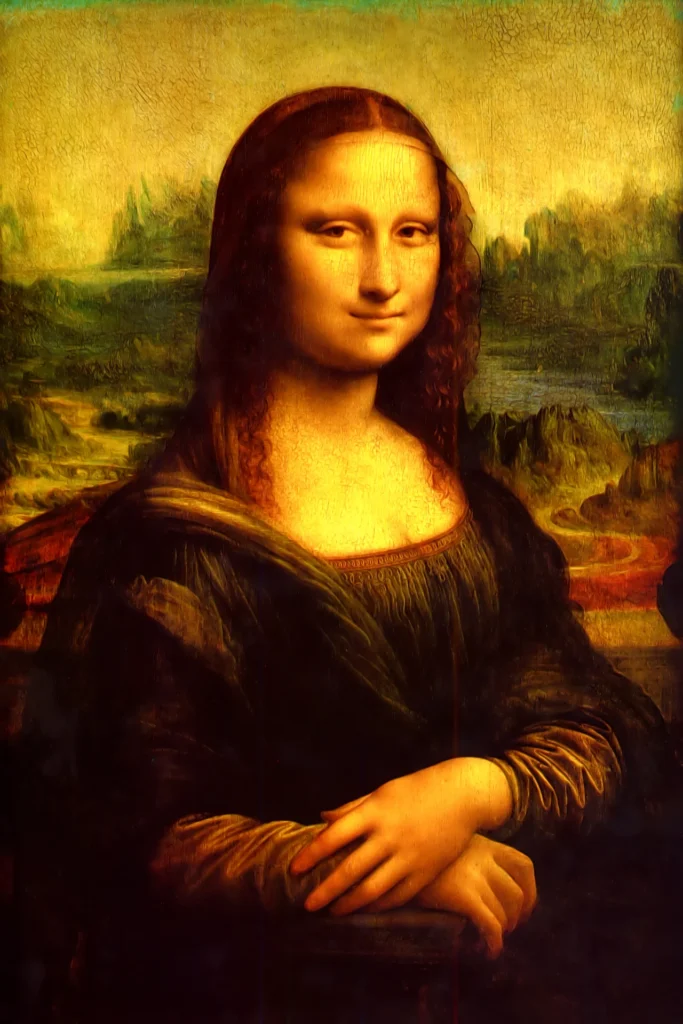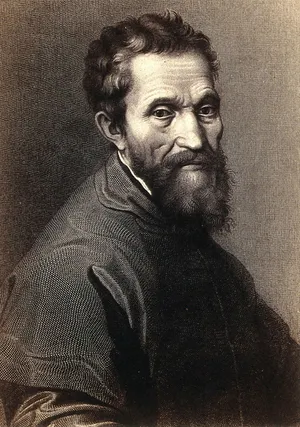
Vittore Carpaccio was an Italian painter born around 1460 in Venice, and he remained active until about 1525 or 1526. He is a significant figure in the Venetian Renaissance, known for his narrative style and vivid color palettes.
Background:
- Artistic Style: Carpaccio’s work blends Gothic and Renaissance influences, featuring detailed backgrounds, intricate narratives, and a strong sense of composition.
- Notable Works: “St. George and the Dragon”: This iconic painting showcases Carpaccio’s ability to combine action and intricate detail in a single scene.
Influence:
- Carpaccio was influential in shaping Venetian art, particularly in how narrative and visual storytelling were approached. His works inspired later artists, including the likes of Giovanni Bellini and Titian.
Themes:
- Many of Carpaccio’s paintings feature religious and mythological themes, often focusing on the lives of saints.
- His works convey moral and spiritual lessons while being visually engaging.
Legacy:
- Much about Carpaccio’s life remains elusive, but he was well-regarded in his time, receiving commissions from prominent patrons and institutions. His impact on Venetian painting has cemented his status as a key figure in the Renaissance.


